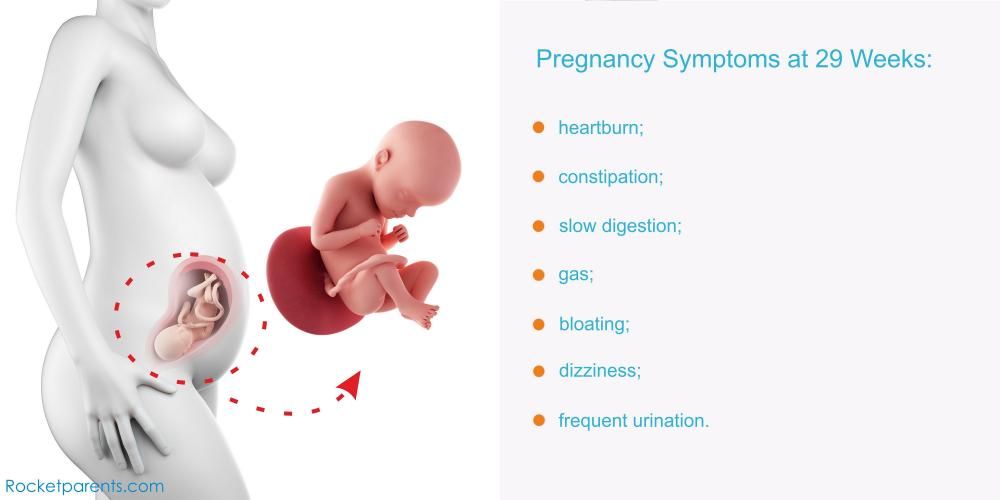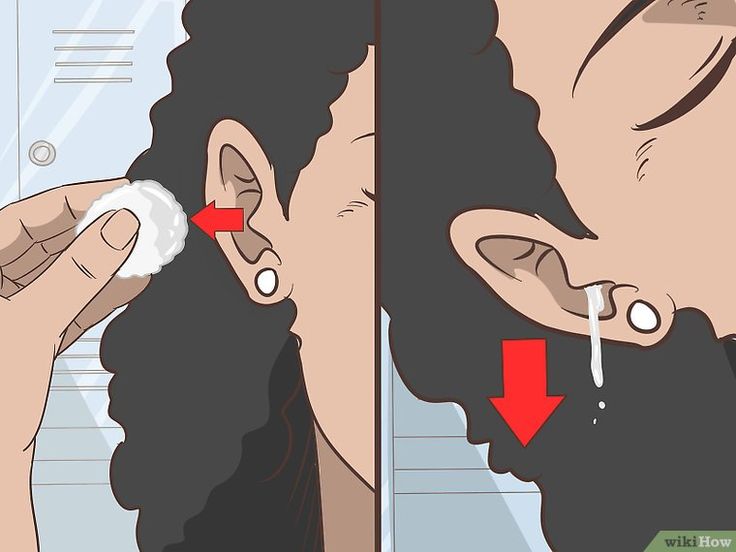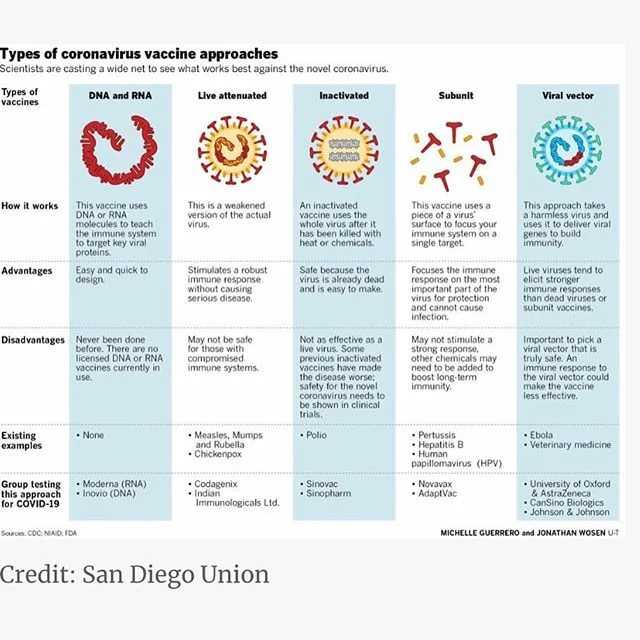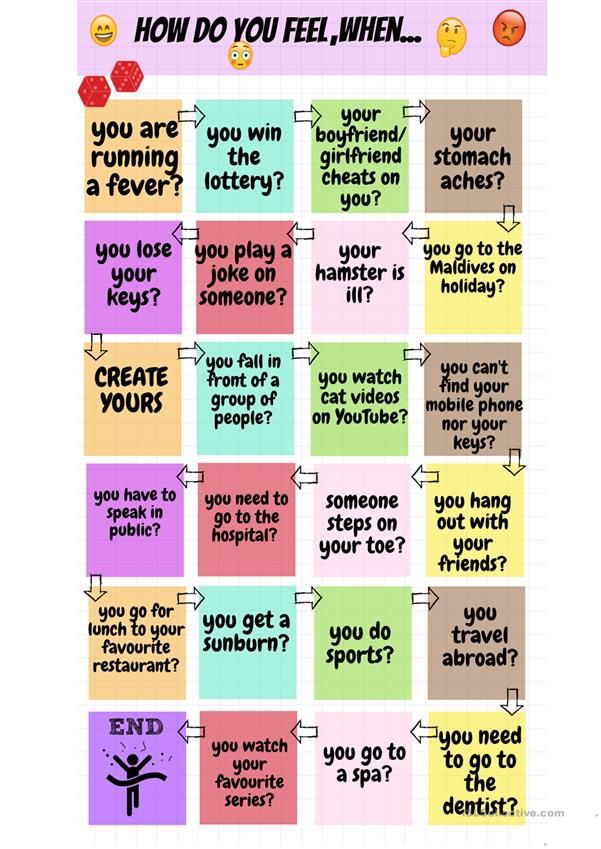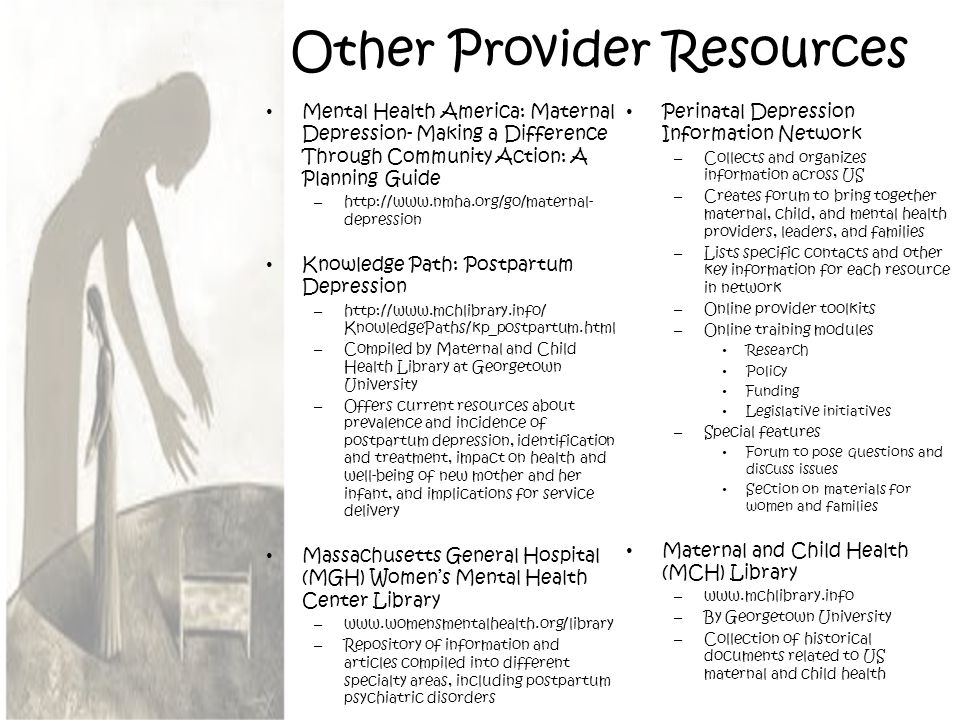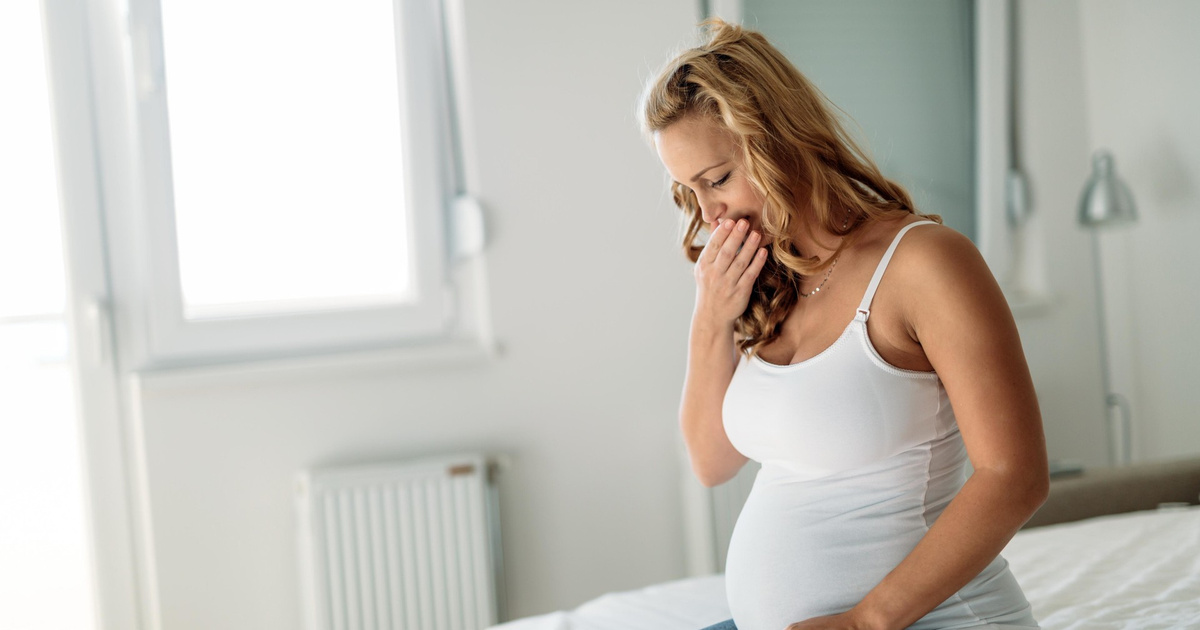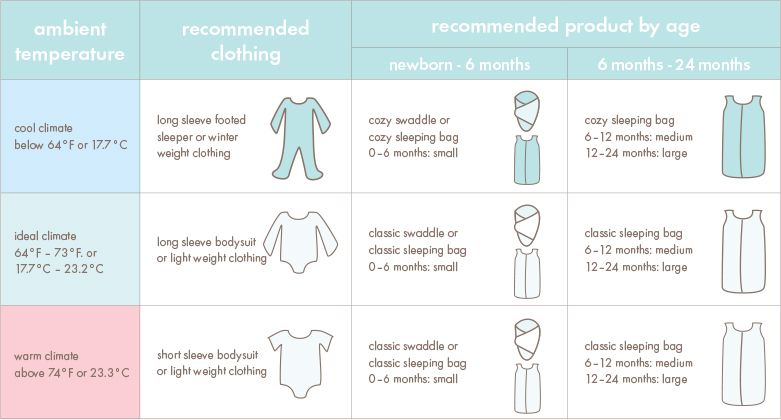Newborn belly button oozing
Umbilical Cord Symptoms
Is this your child's symptom?
- Umbilical cord or navel questions about newborns
- The navel is also called the belly button or umbilicus
Symptoms
- Umbilicus (navel) has a cloudy discharge or even some dried pus on the surface
- Bleeding occurs from cord's point of separation
- Separation of cord is delayed past 3 weeks
Omphalitis: Serious Complication
- Definition. Bacterial infection of the umbilical stump with spread to the skin around it. It's a medical emergency.
- How Often. 1 out of 200 newborns.
- Symptoms. Redness spreads around the navel. The area may be tender, swollen and have a foul odor.
Umbilical Granuloma: Minor Complication
- Definition. Small round growth in center of navel after the cord falls off. It's red. Covered with clear mucus. Not dry like normal skin.
- How Often. 1 out of 500 newborns.
- Outcome. Usually grows in size if not treated.
Can become an entry point for umbilical infections.
- Treatment. Easily treated in the doctor's office by putting on a chemical called silver nitrate.
Dry Cord Care or Alcohol Cord Care
- The AAP and ACOG both advise dry cord care (natural drying). (Guidelines for Perinatal Care, 2012). It has become common practice in US hospitals.
- The book advises against using alcohol for routine umbilical cord care.
- Alcohol cord care is advised in less developed countries with high infection rates.
When to Call for Umbilical Cord Symptoms
Call Doctor or Seek Care Now
- Age less than 1 month old and looks or acts abnormal in any way
- Bleeding won't stop after 10 minutes of direct pressure applied twice
- Spot of blood more than 2 inches (5 cm) across
- Red streak runs from the navel
- Red skin spreads from around the navel
- Fever in baby less than 12 weeks old. Caution: do NOT give your baby any fever medicine before being seen.

- You think your child needs to be seen, and the problem is urgent
Contact Doctor Within 24 Hours
- Small bleeding lasts more than 3 days
- Pimples, blisters or sores near navel
- Lots of drainage (such as urine, mucus, pus) from the navel
- You think your child needs to be seen, but the problem is not urgent
Contact Doctor During Office Hours
- After using care advice for 3 days, navel is not dry and clean
- Small piece of red tissue inside the navel
- Cord stays attached more than 6 weeks
- You have other questions or concerns
Self Care at Home
- Normal cord care
- Normal navel care after cord falls off
- Minor infection of cord or navel
- Normal bleeding from cord or navel
- Normal delayed separation of the cord after 3 weeks
Seattle Children's Urgent Care Locations
If your child’s illness or injury is life-threatening, call 911.
- Bellevue
- Everett
- Federal Way
- Seattle
Care Advice
Treatment for Normal Umbilical Cord
- What You Should Know About Normal Umbilical Cords:
- Normal cords don't need any special treatment.
- Just keep them dry (called dry cord care or natural drying).
- Reason: Cords need to dry up, before they will fall off.
- As they dry up, cords normally change color. They go from a shiny yellowish hue, to brown or gray.

- The cord will normally fall off between 1 and 3 weeks.
- Here is some care advice that should help.
- Normal Dry Cord Care:
- Check the skin around the base of the cord once a day.
- Usually the area is dry and clean. No treatment is needed.
- If there are any secretions, clean them away. Use a wet cotton swab. Then dry carefully.
- You will need to push down on the skin around the cord to get at this area. You may also need to bend the cord a little to get underneath it.
- Caution: Don't put alcohol or other germ killer on the cord. Reason: Dry cords fall off sooner. (Exception: instructed by your doctor to use alcohol).
- Bathing:
- Keep the cord dry. Avoid tub baths.
- Use sponge baths until the cord falls off.
- Fold Diaper Down:
- Keep the area dry to help healing.
- To provide air contact, keep the diaper folded down below the cord.

- Another option for disposable diapers is to cut off a wedge with a scissors. Then seal the edge with tape.
- Poop on Cord:
- Getting some poop on the cord or navel is not serious.
- If it occurs, clean the area with soap and water.
- This should prevent any infections.
- Call Your Doctor If:
- Develops a red streak or redness around belly button
- Fever occurs
- Your baby starts to look or act abnormal
- You think your child needs to be seen
Treatment for Normal Navel After Cord Falls Off
- What You Should Know About Navels After the Cord Falls Off:
- The cord can't fall off too early.
- The average cord falls off between 10 and 14 days. Normal range is 7 to 21 days. Even if it falls off before 7 days, you can follow this advice.
- After the cord has fallen off, the navel will gradually heal.
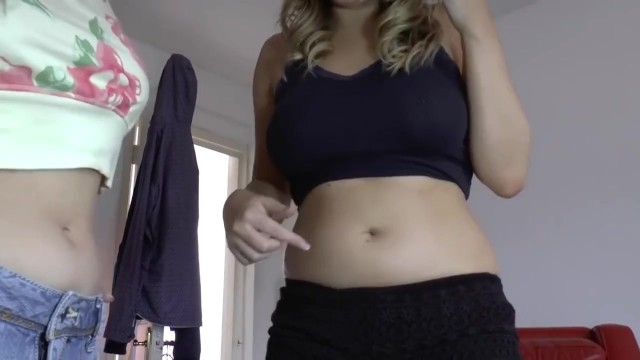
- It's normal for the center to look red at the point of separation.
- It's not normal if the redness spreads on to the belly.
- It's normal for the navel to ooze some secretions.
- Sometimes the navel forms a scab. Let it heal up and fall off on its own.
- The navel has a small risk of becoming infected.
- Here is some care advice that should help.
- Normal Navel Care:
- Keep the navel (belly button) clean and dry.
- If there are any secretions, clean them away. Use a wet cotton swab. Then dry carefully.
- Do this gently to prevent any bleeding.
- Caution: Don't use any rubbing alcohol. Reason: can interfere with healing.
- Bathing:
- After the cord falls off, continue sponge baths for a few more days.
- Help the belly button area dry up.
- Then, tub baths will be fine.
- Fold Diaper Down:
- Keep the navel dry to help healing.

- To provide air contact, keep the diaper folded down below the navel.
- Keep the navel dry to help healing.
What to Expect: The belly button should be healed and dry by 7 days.
- Call Your Doctor If:
- Develops a red streak or redness around belly button
- Fever occurs
- Cloudy discharge occurs
- Your baby starts to look or act abnormal
- You think your child needs to be seen
Treatment for Minor Infection of Cord or Navel
- What You Should Know About a Minor Infection of Cord or Navel:
- The belly button will ooze secretions for several days.
- Normal secretions are clear or blood tinged mucus.
- A cloudy discharge is usually a mild infection.
- This can be from normal skin bacteria.
- A small amount of pus may be present.
- Here is some care advice that should help.
- Clean the Navel:
- Clean the navel (belly button) 2 times a day.

- Use a wet cotton swab or cloth.
- Clean away any dried secretions or pus.
- Do this gently to prevent any bleeding.
- Caution: Don't use any rubbing alcohol. Reason: Can interfere with healing.
- Clean the navel (belly button) 2 times a day.
- Antibiotic Ointment for Pus:
- If any pus is present, use an antibiotic ointment (such as Polysporin).
- No prescription is needed.
- Put a tiny amount on the belly button.
- Do this 2 times per day after the area has been cleaned.
- Do this for 2 days. After that, use the antibiotic ointment only if you see more pus.
- Bathing:
- Do not use tub baths until the cord falls off. The navel should be well healed.
- Fold Diaper Down:
- Keep the belly button dry to help healing.
- To provide air contact, keep the diaper folded down. Keep it below the cord and belly button.
- What to Expect:
- With treatment, the cloudy discharge and pus should be gone in 2 to 3 days.

- The navel should become dry and healed by 7 days.
- With treatment, the cloudy discharge and pus should be gone in 2 to 3 days.
- Call Your Doctor If:
- Develops a red streak or redness around the belly button
- Fever occurs
- Cloudy discharge not gone after 3 days of using this care advice
- Your baby starts to look or act abnormal
- You think your child needs to be seen
Treatment for Normal Bleeding Around Cord
- What You Should Know About Mild Bleeding Around the Cord:
- A few drops of blood are normal when the cord falls off or catches on something.
- The diaper rubbing against the belly button may make it start up again.
- Here is some care advice that should help.
- Bleeding:
- To stop bleeding, put direct pressure on the navel for 10 minutes. Use a clean cloth.
- Clean the area beforehand, rather than afterwards.
- Reason: This helps prevent bleeding from starting back up.

- Diaper:
- Prevent the diaper from rubbing on the belly button.
- Do this by folding the diaper down away from the belly button.
- You can also cut a wedge out of the diaper.
- What to Expect:
- The bleeding may come back a few times.
- It should only be a small smear of blood.
- The bleeding site should heal up by 2 days.
- Call Your Doctor If:
- Bleeding gets worse
- Few drops of blood lasts more than 3 days
- Your baby starts to look or act abnormal
- You think your child needs to be seen
Treatment for Normal Delayed Separation of the Cord Beyond 3 Weeks
- What You Should Know Cords Falling Off:
- Most cords fall off between 10 and 14 days. Normal range is 7 to 21 days.
- All cords slowly fall off on their own.
- Continue to be patient.
- Here is some care advice that should help.

- Stop Alcohol:
- If you have been using rubbing alcohol to the cord, stop doing so.
- Rubbing alcohol can kill the good bacteria that help the cord fall off.
- Diaper:
- Help the cord dry up faster by keeping the diaper folded below it.
- Another approach is to cut out a wedge of the diaper (if disposable).
- Air contact helps the cord stay dry.
- Call Your Doctor If:
- Cord starts to look infected
- Fever occurs
- Cord is still on for more than 6 weeks
- Your baby starts to look sick or act abnormal
- You think your child needs to be seen
And remember, contact your doctor if your child develops any of the 'Call Your Doctor' symptoms.
Disclaimer: this health information is for educational purposes only. You, the reader, assume full responsibility for how you choose to use it.
Last Reviewed: 11/30/2022
Last Revised: 01/13/2022
Copyright 2000-2022. Schmitt Pediatric Guidelines LLC.
Schmitt Pediatric Guidelines LLC.
Infected Umbilical Cord: Pictures, Symptoms, Treatment, Prevention
The umbilical cord is a tough, flexible cord that carries nutrients and blood from birth mom to baby during pregnancy. After birth, the cord, which has no nerve endings, is clamped (to stop bleeding) and cut close to the navel, leaving a stub. The stub generally falls off in one to three weeks after birth.
During birth and the clamping and cutting process, germs can invade the cord and cause infection. Infection of the umbilical cord stump is called omphalitis.
Omphalitis is rare in the United States, United Kingdom, and other countries where people have easy access to hospitals.
Read on to learn how to identify and treat an umbilical cord infection.
It’s normal for the clamped cord to develop a scab at its end. It may even bleed a little bit, especially around the base of the stump when it’s ready to fall off. But the bleeding should be light and quickly stop when you apply gentle pressure.
While slight bleeding is normal and usually nothing to be concerned about, signs of infection may include:
- red, swollen, warm, or tender skin around the cord
- pus (a yellow-greenish liquid) oozing from the skin around the cord
- a bad smell coming from the cord
- fever
- a fussy, uncomfortable, or very sleepy baby
The umbilical cord has direct access to the bloodstream, so even a mild infection can become serious quickly. When an infection enters the bloodstream and spreads (called sepsis), it can cause life-threatening damage to the body’s organs and tissues.
Contact your child’s pediatrician immediately if you notice any of the above signs of an umbilical cord infection. Umbilical cord infection is fatal in up to about 15 percent of babies with an umbilical cord infection, so it’s considered a medical emergency.
Premature babies are at increased risk for severe complications from this type of infection because they already have a weakened immune system.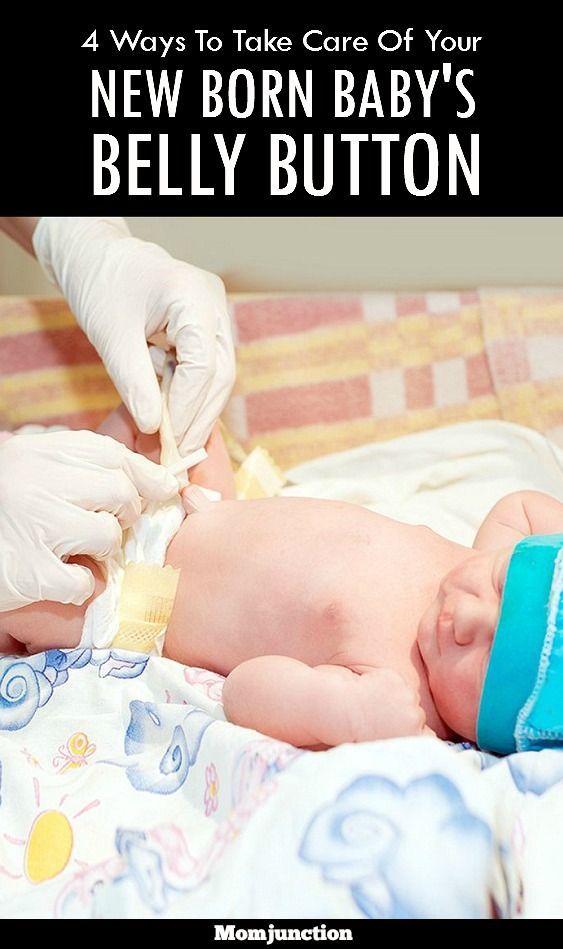
To determine the most appropriate treatment for your child’s infection, a medical professional will usually take a swab of the infected area. This swab can then be examined in the lab so that the exact germ that’s causing the infection can be identified. When doctors know which germ is responsible, they can better pinpoint the right antibiotic to fight it.
Once the cause of the symptoms is identified, treatment largely depends on the extent of the infection.
For minor infections, your child’s doctor may recommend applying an antibiotic ointment a few times a day on the skin surrounding the cord. An example of a minor infection is if there’s a small amount of pus, but your child otherwise seems fine.
Minor infections can become more serious when left untreated, however, so it’s important to see a doctor whenever an umbilical cord infection is suspected.
For more serious infections, your baby will likely need to be hospitalized and given intravenous antibiotics to fight the infection. Intravenous antibiotics are delivered through a needle inserted into a vein. Your child may be in the hospital for several days while they are receiving the antibiotics.
Intravenous antibiotics are delivered through a needle inserted into a vein. Your child may be in the hospital for several days while they are receiving the antibiotics.
Babies given intravenous antibiotics typically receive them for about 10 days. They may then be given additional antibiotics via their mouths.
In some cases, the infection may need to be surgically drained.
If the infection has caused tissue to die, your child may also need an operation to remove those dead cells.
When the serious infection is caught early, most babies recover fully within a couple of weeks. But they usually need to stay in the hospital while they receive intravenous antibiotics.
If your baby had surgery to drain the infection, the opening may have been “packed” with gauze. The gauze will keep the cut open and allow the pus to drain. Once the draining stops, the gauze is removed and the wound will heal from the bottom up.
Just a few years ago, hospitals routinely covered a baby’s cord stump with an antiseptic (a chemical that kills germs) after it was clamped and cut. Nowadays, though, most hospitals and pediatricians advise “dry care” for cords.
Nowadays, though, most hospitals and pediatricians advise “dry care” for cords.
Dry care involves keeping the cord dry and exposing it to air to help keep it free from infection. According to research published in the journal Medicine, dry cord care (compared to using an antiseptic) is a safe, easy, and effective way to help prevent cord infection in healthy babies born in hospitals in developed areas.
Dry cord care tips:
- Clean your hands before you touch the baby’s cord area.
- Avoid getting the stump wet as much as possible. Use sponge baths to cleanse your baby until the stump falls off, and avoid sponging the area around the stump. If the stump does get wet, gently pat it dry with a clean, soft towel.
- Keep your baby’s diaper folded under the stump until it falls off instead of laying the diaper band across the stump. This will allow air to circulate and help dry the stump.
- Gently sponge away any pee or poop that collects around the stump with some water-moistened gauze.
 Let the area air dry.
Let the area air dry.
While not care tips per se, other strategies may also help reduce risk for umbilical cord infection, such as having skin-to-skin contact or breastfeeding your baby.
By placing your bare-chested baby against your own bare chest, known as skin-to-skin contact, you can expose your baby to normal skin bacteria. According to a 2006 study of Nepalese newborns published in American Journal of Epidemiology, babies who got skin-to-skin contact were 36 percent less likely to develop an umbilical cord infection than babies who didn’t have this kind of skin exposure.
Breastfeeding allows you to pass antibodies (substances that can help fight disease) to your baby, which can help their immune systems develop and strengthen.
In the United States, United Kingdom, and many other countries, umbilical cord infections are rare in healthy, full-term babies born in hospitals. But cord infections can happen, and when they do, they can become life-threatening if not caught and treated early.
Contact your doctor immediately if you notice red, tender skin around the cord or pus draining from the stump. You should also contact a doctor if your baby develops a fever or other signs of infection. Your baby has the best shot at a full recovery if treatment is started promptly.
UMBILICAL WOUND IN NEWBORN
UMBILICAL WOUND IN NEWBORN
Primary treatment and ligation of the umbilical cord is performed even in the maternity hospital after the complete cessation of pulsation of its vessels, which usually occurs 2-3 minutes after the birth of the fetus. Before crossing the umbilical cord, it is wiped with alcohol and two sterile clamps are applied at a distance of 10 and 2 cm from the umbilical ring. The umbilical cord between the clamps is treated with 5% iodine solution and crossed with sterile scissors. The umbilical stump (residue) remains in this place, which dries up and falls off on its own naturally after a few days. The umbilical cord is cared for by a doctor.
There is no need to keep the baby in the hospital until the rest of the umbilical cord falls off. This is even reflected in Order N 345 of the Ministry of Health of the Russian Federation “On improving measures to prevent nosocomial infections in obstetric hospitals”: “From an epidemiological point of view, a course for early discharge (2-4 days after birth), including before the umbilical cord falls off, is justified.”
However, in the history of the development of a newborn, one can often read "the umbilical cord fell off on the second day." In life, surgical removal is practiced - cutting off or unscrewing the umbilical cord residue after the newborn has two full days of life. This is due to the fact that not even all district pediatricians and patronage nurses are ready for a child with a bracket to come under their supervision, not to mention a young mother.
So, by the time of discharge from the hospital, as a rule, the umbilical cord is no longer there, but there is an umbilical wound, or rather, a scar (navel), which must be carefully looked after. This area must be kept clean and dry at all times. To reduce the risk of infection of the umbilical wound and in order to prevent purulent diseases of the navel and the development of umbilical sepsis (in which the infection enters the bloodstream, causing infection of the whole body), it is necessary to treat the umbilical wound twice a day (in the morning during the first swaddling and in the evening after bathing).
This area must be kept clean and dry at all times. To reduce the risk of infection of the umbilical wound and in order to prevent purulent diseases of the navel and the development of umbilical sepsis (in which the infection enters the bloodstream, causing infection of the whole body), it is necessary to treat the umbilical wound twice a day (in the morning during the first swaddling and in the evening after bathing).
To do this, you will need sterile cotton swabs, 3% hydrogen peroxide solution, alcohol infusion of greenery (or 5% potassium permanganate solution or 5% iodine solution).
Wash your hands thoroughly before handling the navel. Grasp the skin around the navel with your thumb and forefinger and open the wound a little. Moisten a cotton swab or drip a few drops of a 3% hydrogen peroxide solution and treat the wound from the center to the outer edges, carefully removing the wound discharge, while the peroxide will foam. Dry (wetting movements) with a sterile cotton ball. After that, we treat the umbilical wound with an antiseptic solution: iodine or brilliant green, or potassium permanganate. It should be noted that a solution of brilliant green causes weeping, and a solution of potassium permanganate (potassium permanganate) dries. Therefore, it is better to treat the wound with potassium permanganate.
After that, we treat the umbilical wound with an antiseptic solution: iodine or brilliant green, or potassium permanganate. It should be noted that a solution of brilliant green causes weeping, and a solution of potassium permanganate (potassium permanganate) dries. Therefore, it is better to treat the wound with potassium permanganate.
It is necessary to treat the umbilical wound until the navel heals and there are no crusts, serous or sanious secretions, and when treated with peroxide, foam is formed.
As a rule, the umbilical wound heals (epithelizes) by the end of the second week of life, at the same time there is a contraction of the skin umbilical ring.
By the age of 2 weeks, the child will be a normal navel, the shape of which, by the way, does not depend on the skill of the one who cuts the umbilical cord, but depends solely on the individuality of the child.
If the wound starts to become wet, discharge appears, and the surrounding skin turns red, it is quite possible that an infection has got into it - in this case, call a doctor immediately!
A few tips:
Bathe the baby until the umbilical wound has healed in water with the addition of a weak solution of potassium permanganate.
Before each dressing, leave the umbilical wound open so that there is air access - this way it is easier to keep it dry.
Do not put a patch on the umbilical wound, as the baby's skin does not breathe through it and this may cause skin irritation.
It is possible to use disposable diapers with a special cutout for the navel, so the edges of the diaper will not touch the umbilical wound to avoid chafing, and the top layer closes the cutout and protects this place from moisture and infections
Daily care for a newborn
Basic procedures
What is the daily care of a newborn, how to wash the baby and take care of the umbilical wound, how to change diapers, take care of nails, feed the baby and walk with him - we will tell about these basic procedures for caring for a newborn in our article.
When it comes time to return home with a newborn from the maternity hospital, every mother begins to worry about how she will take care of her child without the help and competent advice of medical staff.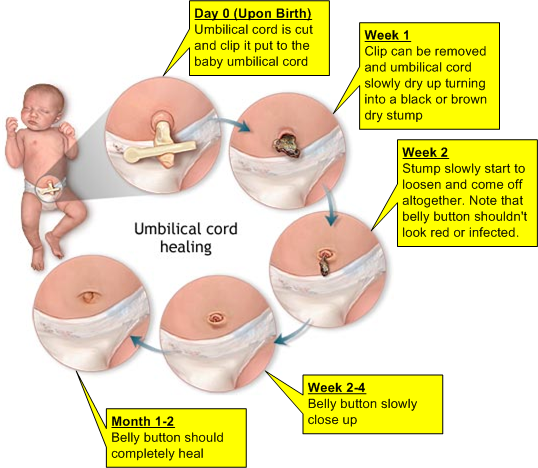
Without exception, all mothers are worried about whether they will be able to provide their child with the care necessary for his healthy growth: properly bathe the baby, cut off his nails, treat the umbilical wound.
Therefore, before mothers cross the threshold of their home, they have many questions about caring for a child: is it worth washing the baby after each urination, what is the best way to treat the navel: brilliant green or calendula tincture?
Today we will try to find answers to the main questions about the hygiene of the child and talk about the basic procedures for daily care of the baby.
Newborn's morning toilet
Like every person, a baby should wash his face in the morning, of course, his mother should help him in this.
After the newborn wakes up, strip him naked, let him lie naked for a while - this is good for the baby's skin. Then carefully examine the baby, check for redness on the skin, prickly heat. If there is, then prepare a baby cream to lubricate problem areas after washing the baby.
The baby is washed with cotton pads soaked in warm boiled water. Washing the newborn is carried out from top to bottom.
Rub your baby's eyes from the outer edge to the inner. For the hygiene of each eye, it is recommended to take a new cotton pad.
Gently wipe the baby's face, ears - outside, skin behind the ears, neck with a damp cotton pad.
Listen to the baby's breathing, it should be free. If breathing is difficult, clear your baby's nose. To do this, you can use a special saline solution for children under one year old and an aspirator (a device that helps suck out mucus).
You can also use two small cotton swabs soaked in baby oil to remove scabs from your nose. The flagella must be carefully inserted alternately into each nostril of the child's nose and scrolled several times. If the baby's nose breathes well, then it does not need to be cleaned.
Then it is necessary to wipe all the folds of the baby's skin with a damp cotton pad, change the child's dirty diaper to a clean one, washing the baby or using baby wipes to cleanse the skin.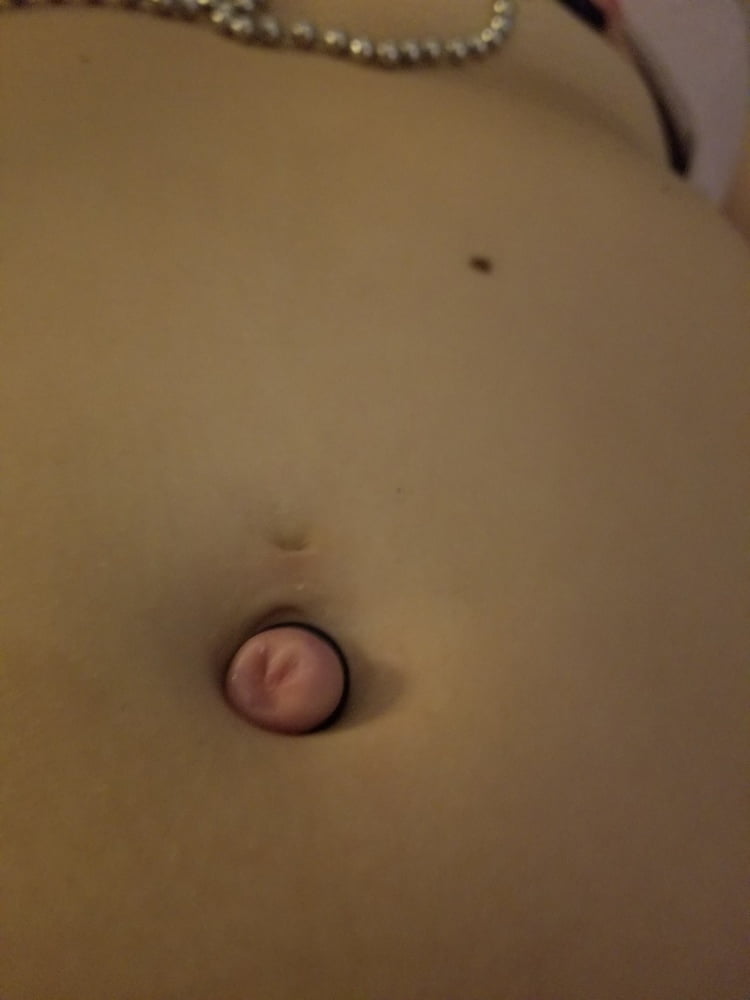
Caring for the umbilical wound
During the newborn period, the umbilical wound is a special place on the body of a child, it requires careful care.
As a rule, the umbilical wound is treated once a day, you can do this after bathing, when all the crusts are soaked from the water and the mucus is washed out.
How to treat the navel of a newborn? There are several ways to treat the umbilical wound, each of them is quite effective: dry the navel for a few minutes;
Advice on which navel treatment is usually given by the nurses at the maternity hospital, as well as by the health visitor who will visit your baby during the first month of life.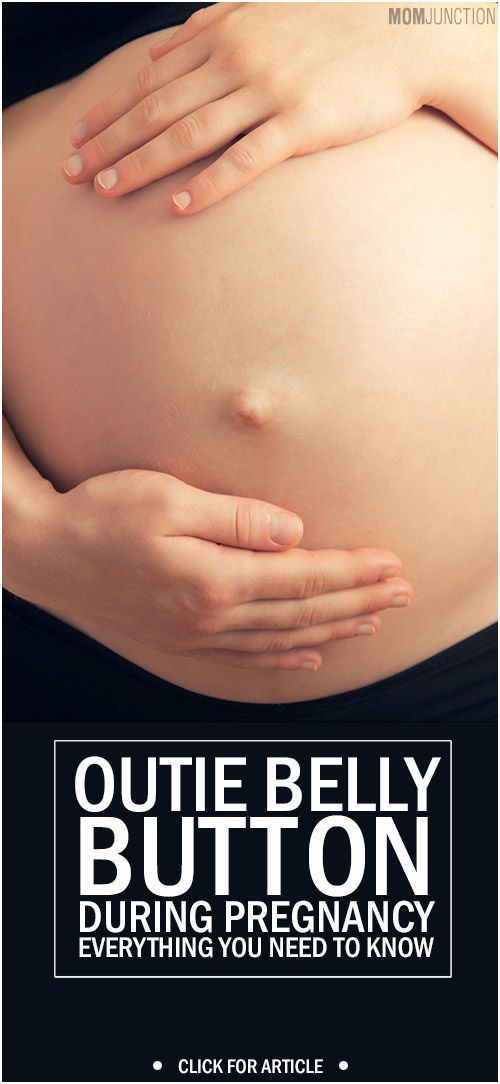
Important! If you notice that the skin around the umbilical wound is inflamed, be sure to consult a doctor.
If you see that the umbilical wound does not heal within a month, it is better to take the child to the doctor. Usually, up to 14 days of life, the umbilical residue disappears and the wound heals.
Washing the newborn
Wash your baby under running water after every bowel movement.
It is convenient to wash your newborn like this:
Place the baby on your belly on your left palm facing you or with his back on your forearm with his head towards you.
Place the child's lower body under running water.
Lather baby's buttocks and genitals with baby soap (liquid soap for babies is better, it's easier to use).
Then rinse the soap thoroughly with water, pat the baby's skin dry with a towel or diaper.
If the baby has just urinated into the diaper, then you can not wash it, but use wet wipes when changing the diaper. Choose special baby wipes that are fragrance- and alcohol-free.
Choose special baby wipes that are fragrance- and alcohol-free.
Changing diapers
Most often, mothers use disposable diapers for baby care. There are a few simple rules that are important to follow in this case:
When using them, remember that the child should not be in one disposable diaper for more than 4 hours.
Putting a diaper on a newborn should be done in such a way that the umbilical cord is not covered. This is necessary for the fastest healing of the umbilical wound.
It is desirable that a few hours a day the baby just lie on the diaper without a diaper, so that the skin can breathe.
It is also important to ensure that diaper rash does not form on the skin under the diaper. To prevent diaper rash, it is necessary to dress the baby according to the weather, that is, do not overheat it, and you can also use a special diaper cream.
If diaper rash has already formed, you need to see a doctor, he will recommend a remedy for their healing, most likely it will be a cream containing dexpanthenol, an effective healing medicine.
Of course, it is better to prevent diaper rash, as they can be very painful and disturb the baby.
Bathing a newborn
All mothers are interested in the question: when can you start bathing a child after discharge from the hospital?
“You can bathe the child immediately after discharge, but if you have been vaccinated with BCG, but within a day or two after the vaccination, it is better not to bathe the child so as not to wet the injection site.”
After the umbilical wound has healed, you can already bathe the child in a regular bath in tap water, gradually increasing the bathing time from 5 minutes to 30-40.
Every day while bathing the child, it is necessary to wash his genitals and buttocks, 1-2 times a week you need to wash the whole baby with soap, and also wash the child's head with a special baby shampoo.
Important! Always bathe your child with the bathroom door open, because this child will not be so cold after you take him out of the water, as the temperature difference will not be too big.
Each time the baby should be lowered into the water slowly, starting from the legs. In the water it is necessary to support the entire body of the child. If water gets into the baby's ears or eyes while bathing, it's not scary, it's quite natural!
From the first days of life, you can start easy hardening of the child. To do this, before you start bathing the baby, prepare and place a vessel with water in the bathroom, the temperature of which will be 0.5-1 degrees lower than the temperature of the water in the bath. At the end of the bath, pour water over the child from this vessel.
After bathing the baby, blot with a diaper or towel, but do not dry it, as this procedure can damage the delicate baby skin.
You also need to prepare two small cotton buds and gently twist them into the baby's ears so that the cotton absorbs the water that got into the ears during the bath. After the baby's skin is dry, it is advisable to treat the folds with baby oil.
Newborn nail care
Baby's nails should be cared for 1-2 times a week, because nails grow very quickly in children. To cut nails, you need to purchase special scissors with rounded ends. On the legs, the nails should be cut evenly, and on the hands - rounding the edges.
To cut nails, you need to purchase special scissors with rounded ends. On the legs, the nails should be cut evenly, and on the hands - rounding the edges.
Walking with a baby
In summer, you can walk with your baby the day after you leave the maternity hospital. It is advisable to protect the child from direct sunlight. It is better to go for a walk in the summer either in the morning (before 10 am) or in the evening (after 6 pm), at this time it is not so hot.
In winter, walks are recommended to start 2-3 days after discharge from the hospital. If the temperature outside is below 10 degrees, it is better not to go for a walk with the baby.
The first walk should be very short - 10-15 minutes. Then every day it is worth walking for 10 minutes longer.
When preparing for a walk with the baby, mothers usually doubt whether they have dressed the baby correctly. In order not to miscalculate with clothes, you should always follow a simple rule - there should be as many clothes on the baby as on you, plus one more layer.
